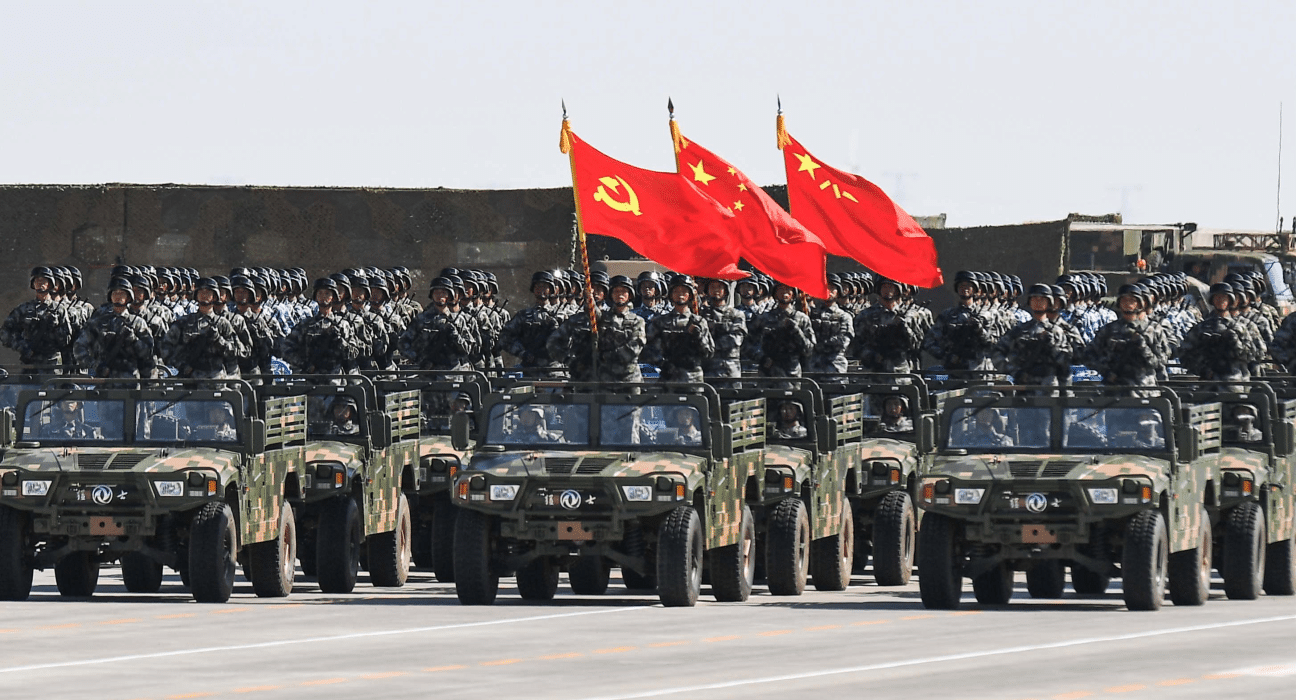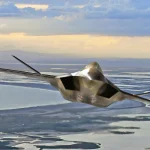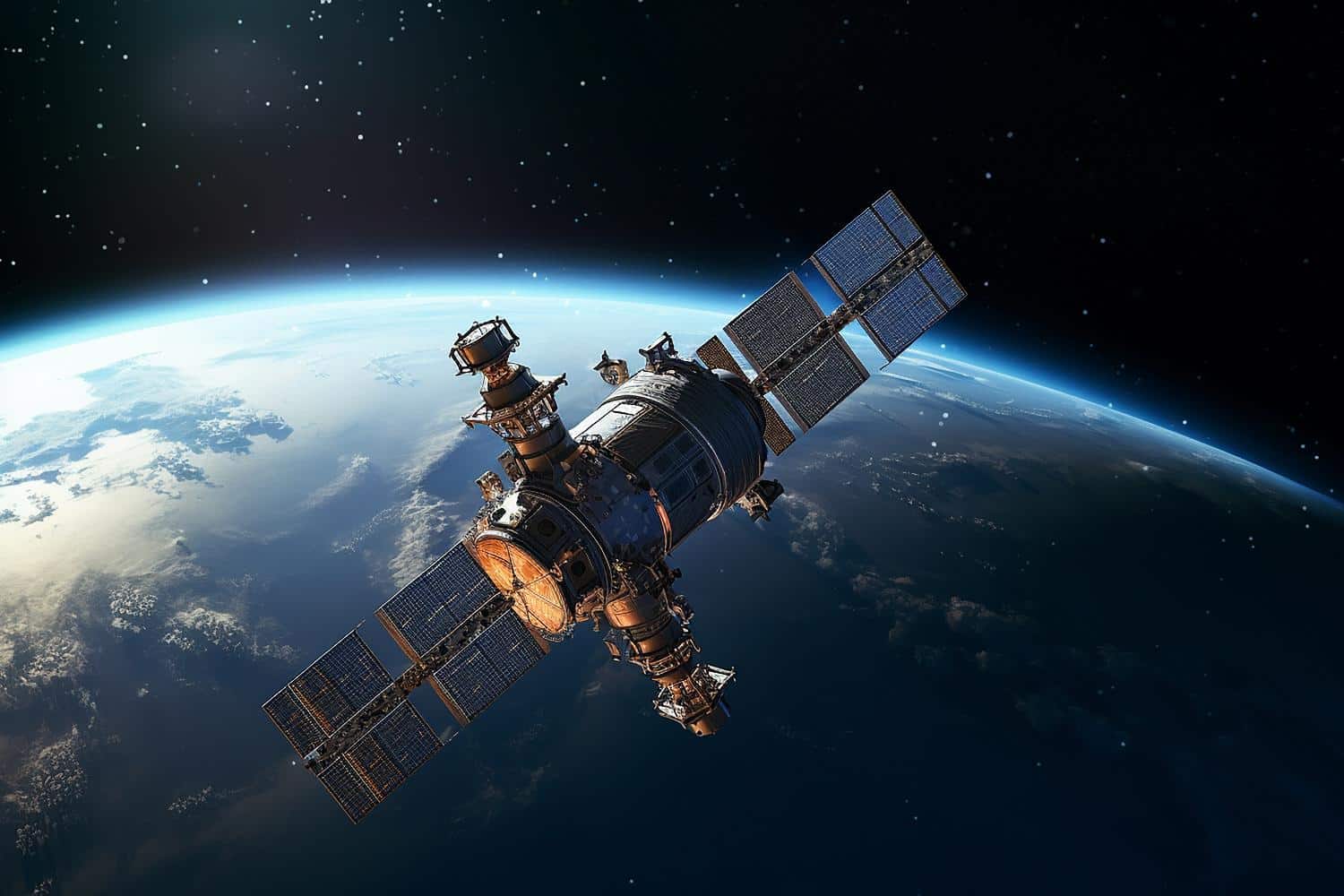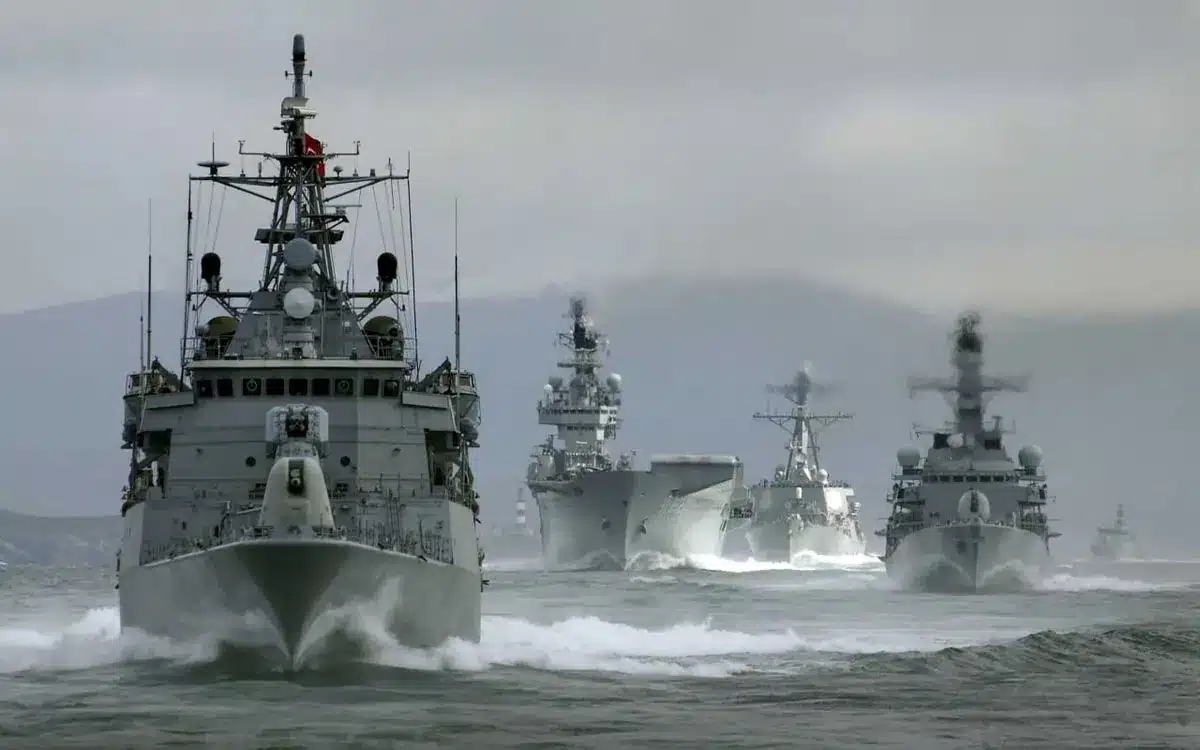People’s Liberation Army (PLA) founded as the Chinese red army by the Chinese communist party, has undergone a remarkable rise in power in recent years, placing it among the world’s most influential military forces. In 2024, China was the world’s second-largest military power, just behind the United States, outstripping Russia in many areas.
The world’s second largest armed forces
With a colossal military budget of $296 billion, China far surpasses military powers such as France and the UK. Under the leadership of President Xi Jinping, China aims to transform its armed forces into a fully modern force by 2035. The ultimate goal is to have a world-class armed forces by 2049, the year marking the 100th anniversary of the People’s Republic of China.
Nuclear power
China is asserting itself as a leading nuclear power, consolidating its position with over 500 operational nuclear warheads, and aspiring to double this number by 2030. Although its nuclear arsenals are smaller than those of Russia and the United States, China is focusing on modernizing its nuclear deterrent.
Hypersonic technology is a major pillar of Chinese military strategy. Beijing has developed missiles such as the DF-17, capable of carrying nuclear warheads and extremely difficult to intercept.
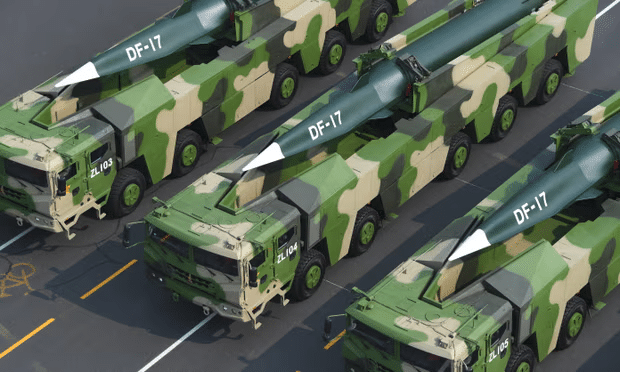
At the same time, China is continuing to develop orbital hypersonic platforms, as illustrated by a resounding test in which a missile circled the globe before hitting its target. This technological feat took experts by surprise and testifies not only to China’s advanced mastery of hypersonic technology, but also to its growing space capability, which is redefining strategic balances on a global scale
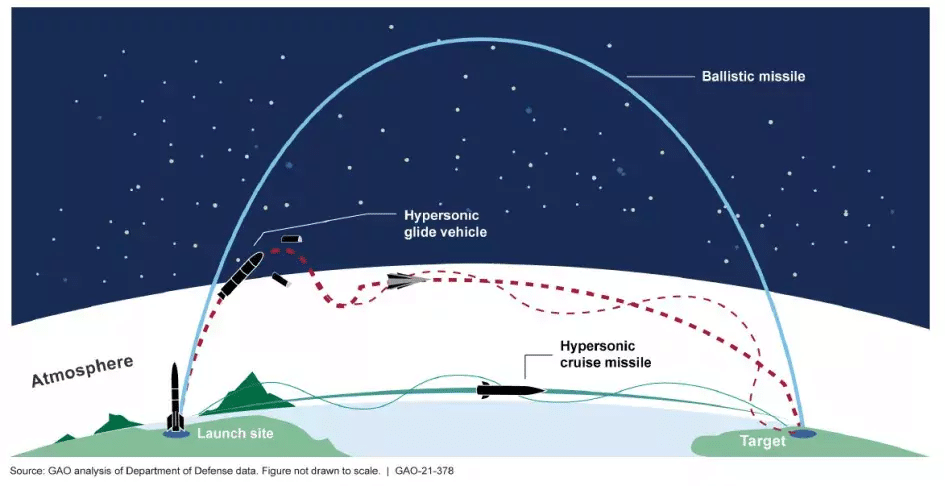
Different services
An impressive air force
People’s Liberation Army Air Force (PLAAF) has considerable air capabilities. It comprises 3,200 aircraft, 60% of them fighters including fourth-generation Su-35 and J-20, 15% transport aircraft and 15% bombers such as the H-6N. The development of the H-20 strategic stealth bomber demonstrates China’s determination to expand its projection capability. Its maiden flight is scheduled for late 2025.
Dominant navy
China’s navy has become the largest in the world, surpassing even the United States. It has 3 aircraft carriers (the latest in 2022, called the Fujian), and a fourth is in the pipeline, according to the latest revelations in January 2025.
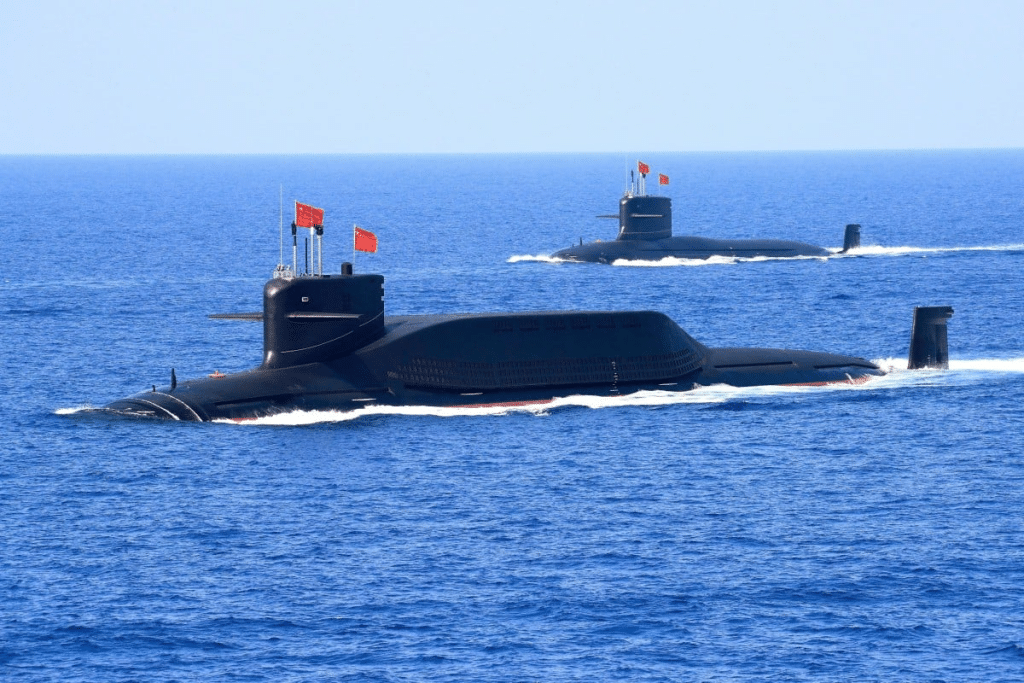
With 3 aircraft carriers (the last of 2022 named Fujian), with more than 430 warships, including 70 submarines (13 nuclear).
China is clearly demonstrating its ambition to become a regional maritime power. China is aiming for a fleet of 450 ships by 2030.
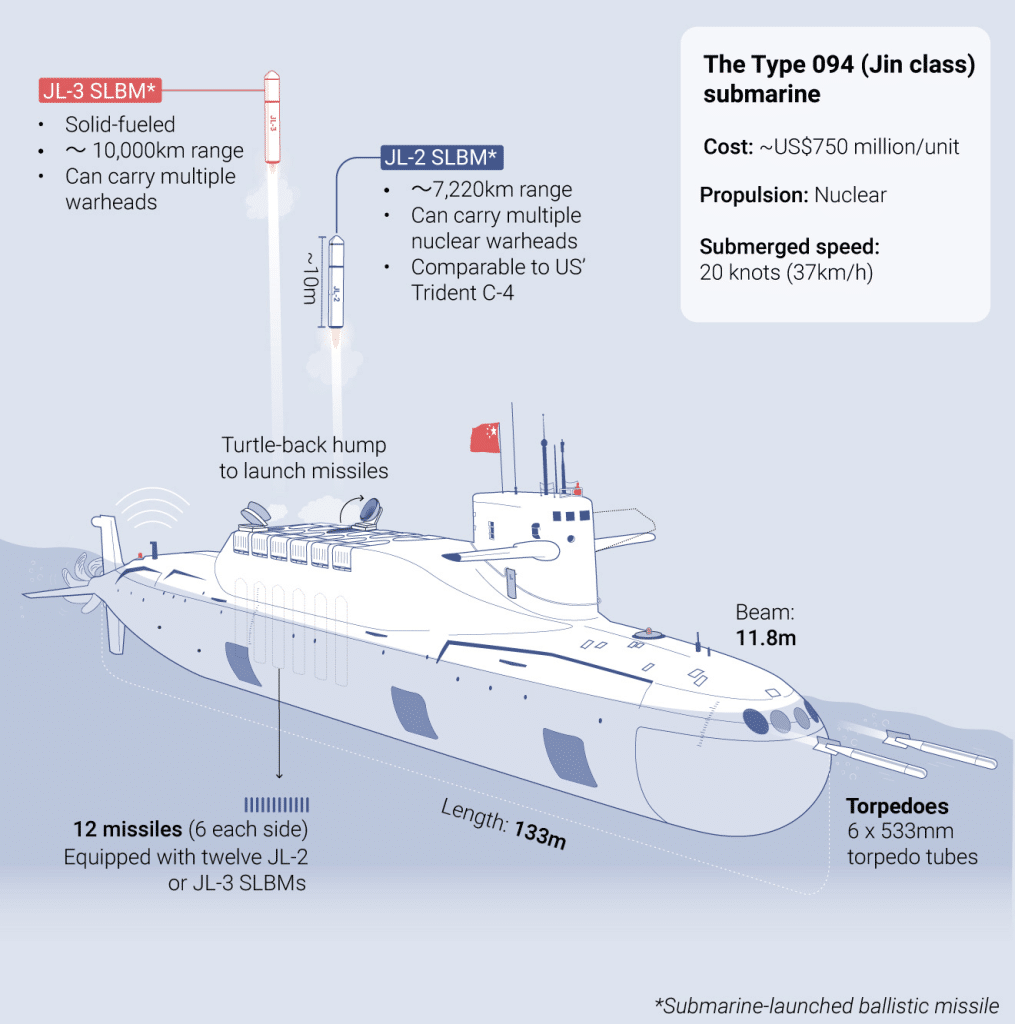
Army
With 2,000,000 active soldiers and 510,000 reservists, China is the world’s largest army, second only to India. In the event of a major conflict, it is able to call on a colossal number of personnel through military service, with nearly 400 million Chinese eligible for this.
For land vehicles, it is equipped with almost 6,000 tanks, including the T-98 and T-99, which are among the best tanks in the world. The new generation of tanks, the Type 15 (lighter and more mobile), is now deployed in mountainous and tropical areas.
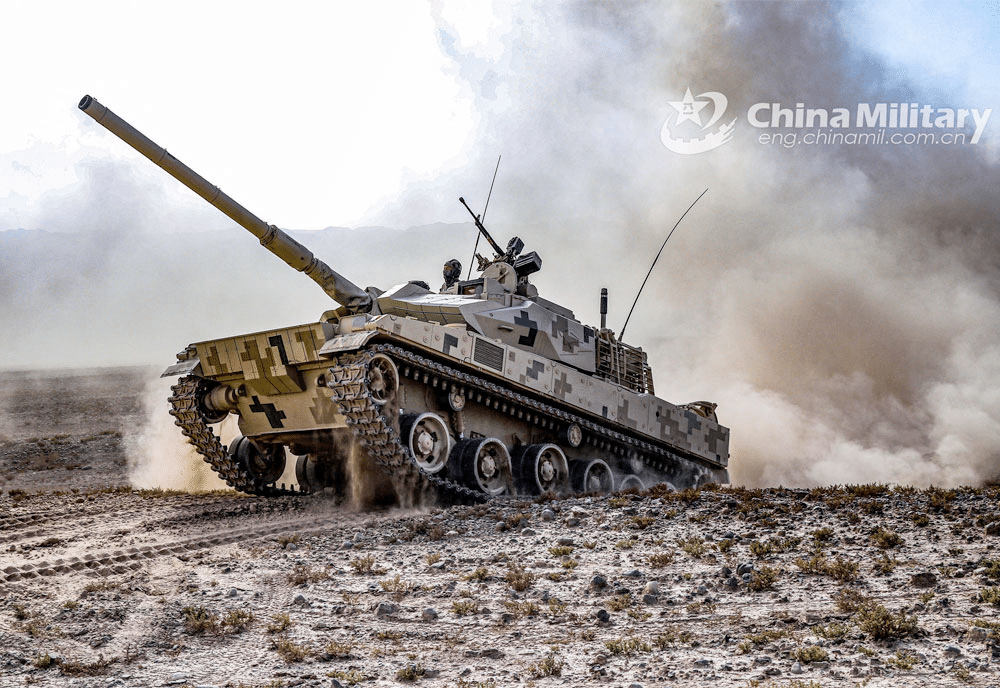
Challenges and limitations
China supplies arms to over 55 countries, most of which are not markets for major arms suppliers such as the USA or France. Pakistan, Myanmar, Bangladesh and countries in Africa and the Middle East are the main importers of Chinese weapons.
Despite the large numbers of equipment and personnel involved, as well as a high level of investment and modernization, China lacks combat experience. Indeed, its last participation in a battle dates back to the Sino-Vietnamese war of 1979.
The People’s Liberation Army has only one overseas base, in Djibouti and it isn’t deployed in outside the country. This geographical limitation could influence its ability to extend its regional influence significantly.
PLA raises major strategic and geopolitical questions. As China continues its military expansion, the reactions of other international players and the implications for the global balance of power will continue to be crucial issues in the years to come.

